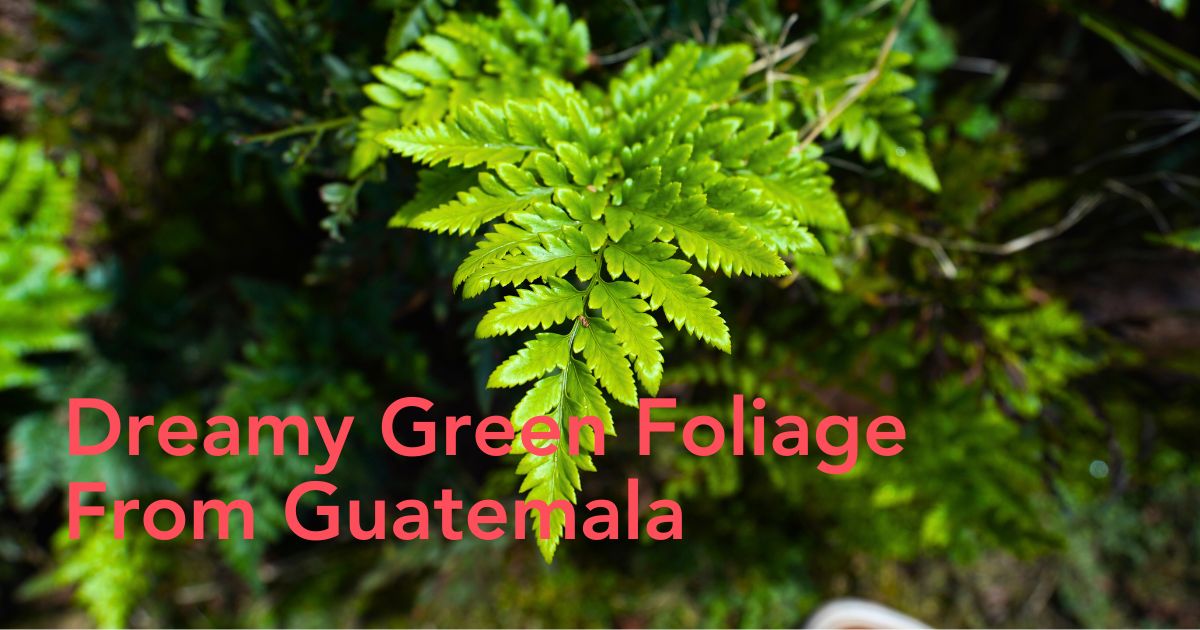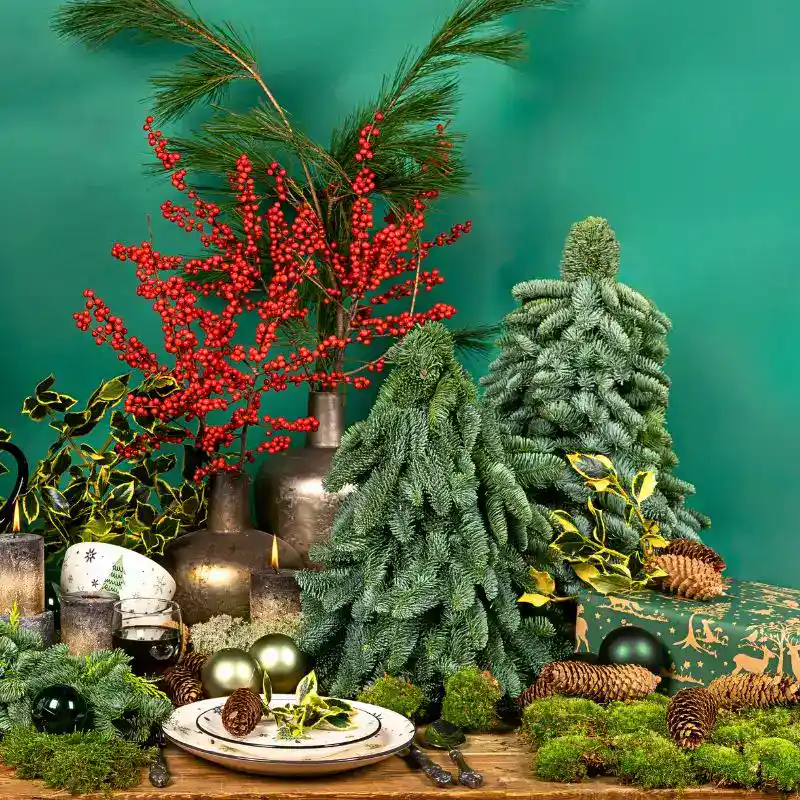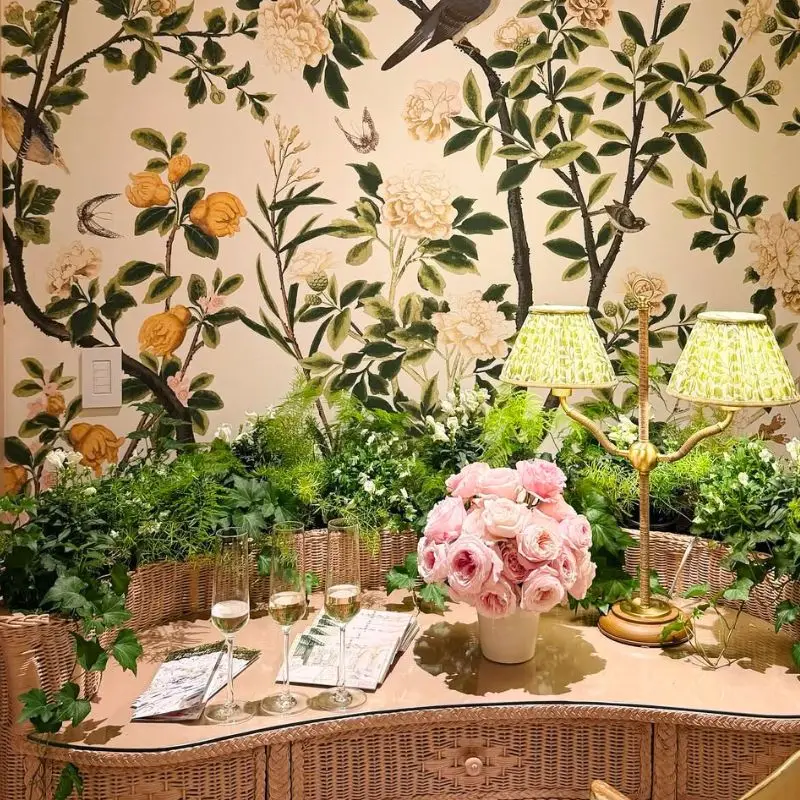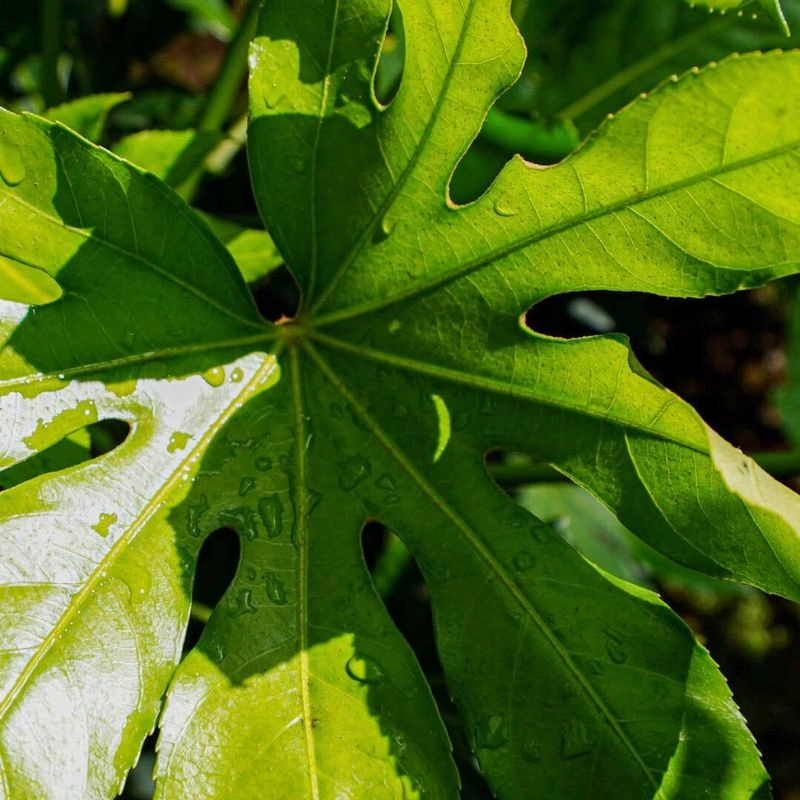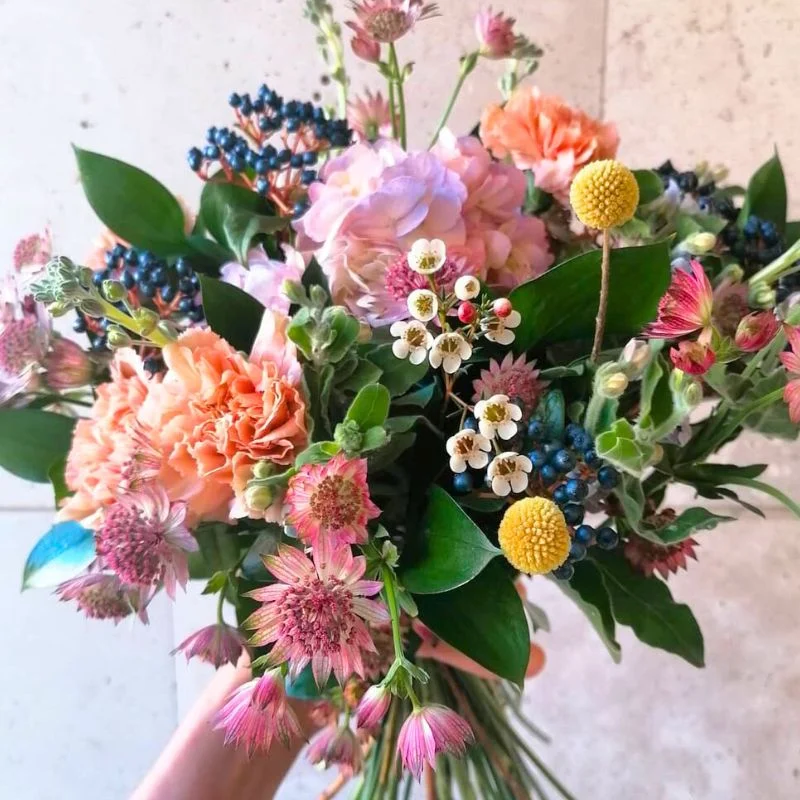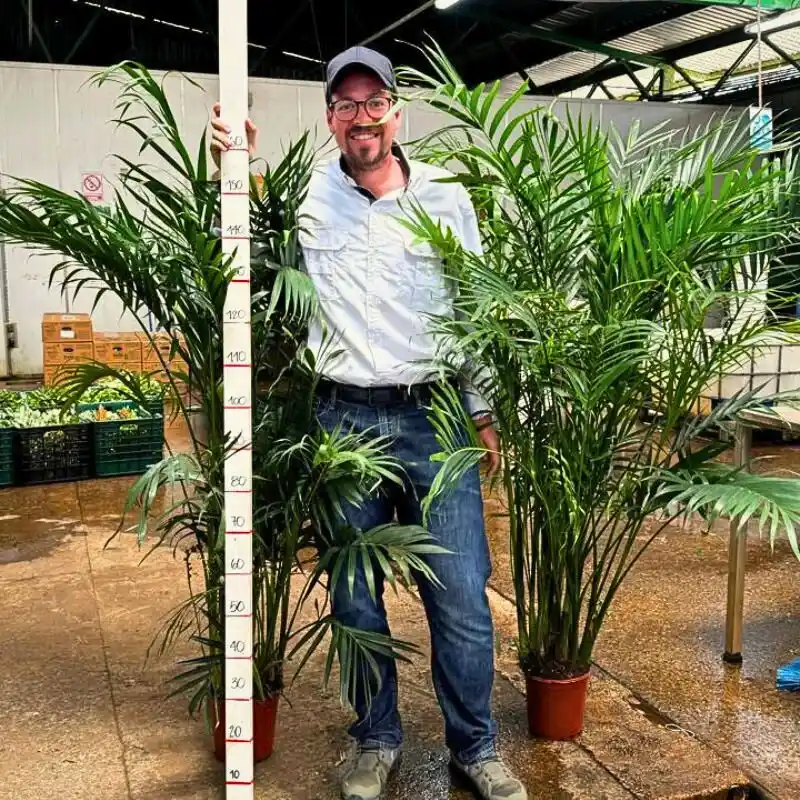The journey of Leatherleaf Fern (or Leather Fern) in Guatemala began in the late 1980s when Florida's floral industry faced challenges from hurricanes and seasonal production. Growers turned to Guatemala’s mountain regions, where the volcanic soil, perfect climate, and dedicated workforce produced darker, heavier leaves that quickly gained global appeal. Known as the 'golden green' for its high value at the time, the Leatherleaf became a top export. But over the years, rising costs, market shifts, and sustainability demands have tested growers.
Still, companies like TAK Global continue to succeed in growing this product by focusing on quality, consistency, and innovation, making Guatemalan Leatherleaf stand out worldwide. Come along as TAK's Founder, Andres Sepe, and Production Manager Manuel Zamora share lots of important information about its history.
The Story Behind Guatemala’s Iconic Leatherleaf Fern
Andres shares the story behind Guatemala’s rise as a key player in Leatherleaf production, the challenges the industry has faced, and how TAK’s innovative approach transformed this green into a global floral must-have.
Q: When did Leather Fern cultivation first take off in Guatemala, and what factors contributed to its growth as an export product?
Andres:
"Leather Fern cultivation gained traction in Guatemala in the late 1980s. At the time, the floral market was booming, but Florida—one of the primary producers—struggled with hurricanes and the seasonal nature of production. Growers began seeking locations where they could cultivate year-round with lower labor costs. When they introduced Leatherleaf Fern to Central America, they discovered that the mountain conditions resulted in darker, heavier leaves, further enhancing its appeal in the market."

This said, we proceeded to ask him about how he first got involved in Leather Fern farming and if it has always been seen as a valuable product in the industry.
Andres said:
"From the beginning, the founders of TAK were deeply connected to the ornamental industry—whether through plants, flowers, or fillers. Leatherleaf Fern quickly became known as the 'golden green' because, at that time, the variety of greens available was very limited, making prices and product value significantly higher than they are today.
Over the years, everything has become more expensive—greenhouse materials, land costs, fertilizers, packaging, and, most importantly, labor. Combined with the emergence of alternative greens, these rising costs have led to a decline in supply and a reduction in the number of growers in Guatemala."
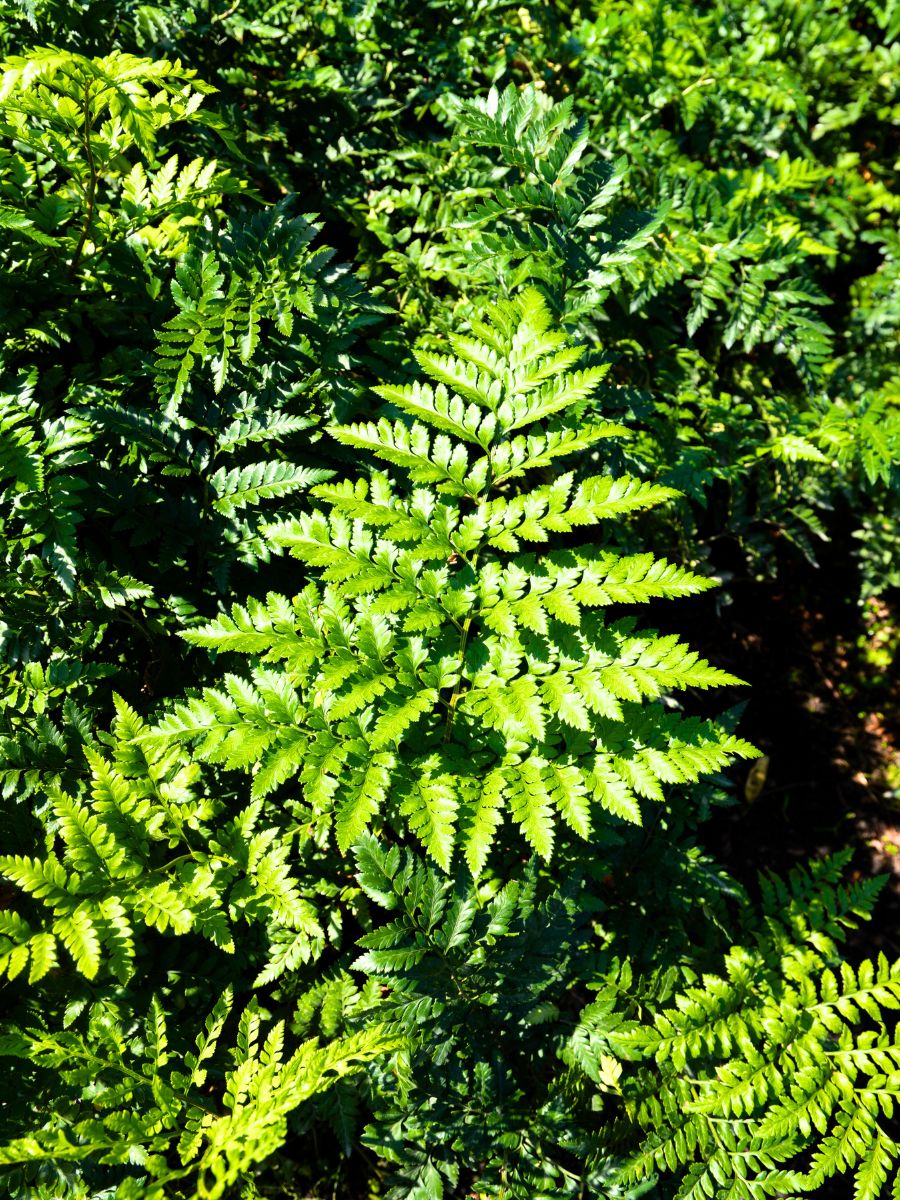
Challenges in the History of Leatherleaf Fern Production
We asked Andres if there were any key turning points or challenges in the history of Leatherleaf Fern production in Guatemala that have shaped the industry today, to which he responded:
"In the past decade, Leather Fern production in Guatemala has declined, and maintaining the business has become increasingly challenging. The growing demand for sustainable practices adds further complexity, as many buyers are unwilling to pay the premium required for environmentally responsible cultivation. Inflation, shifting market demands, and sustainability expectations are making Leatherleaf less available and more expensive. Today, maintaining high quality is the only way to remain competitive."
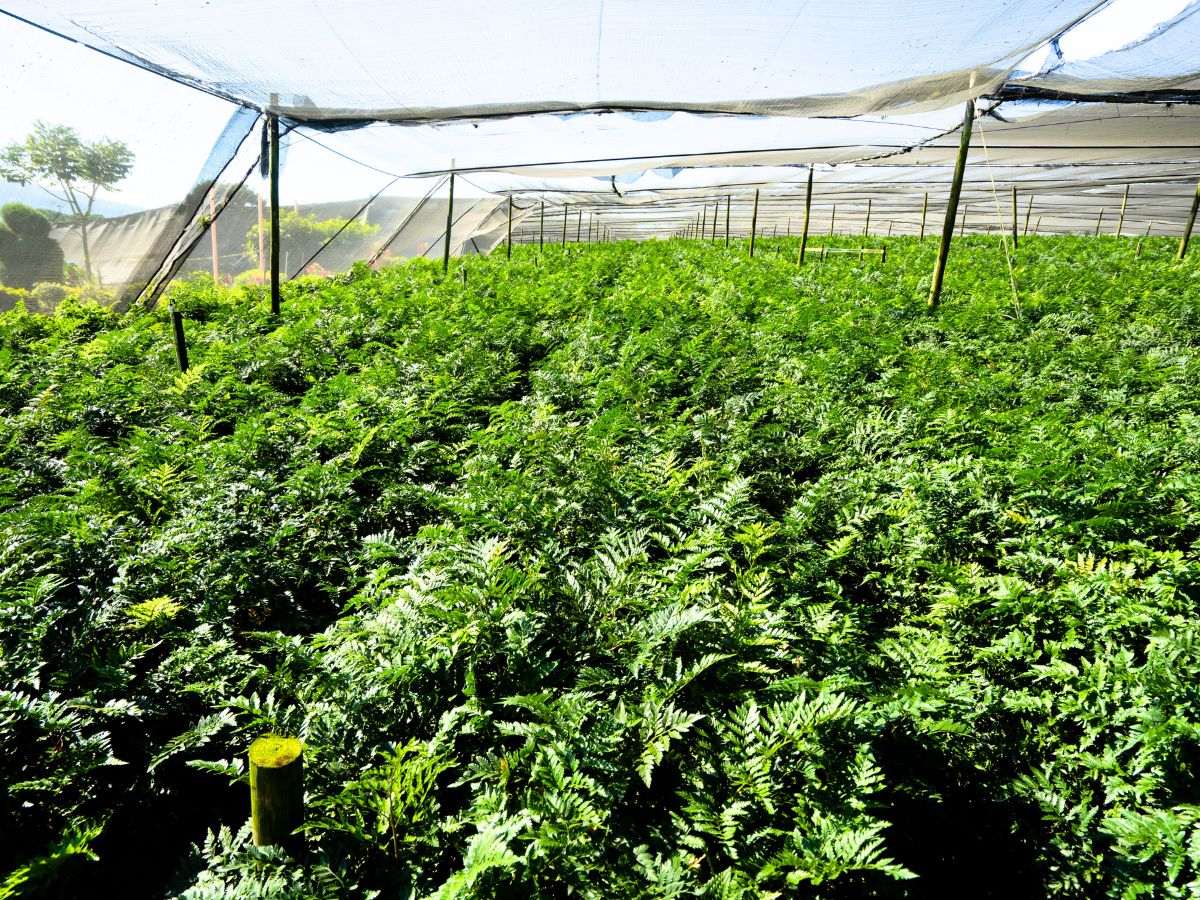
Q: What do you think makes Guatemalan Leatherleaf unique compared to other countries' production?
Andres:
"The most unexpected yet defining factor is the people. Leatherleaf Fern requires meticulous care, combined with the right environmental conditions. Guatemala offers the perfect soil, climate, and altitude, but the true differentiator is the dedication of our people and the unique TAK culture. While Costa Rica and Nicaragua share similar growing conditions, it is our workforce and expertise that set Guatemalan Leather Fern apart."
Q: What inspired you to enter the Leatherleaf industry in Guatemala, and how did TAK Global come to life?
"In the late 1980s, the founders were already involved in the industry but envisioned doing things differently. Unlike traditional family-run farms, TAK Global was built as a professional corporation with a strong culture, structured operations, and a data-driven approach. As competitors noted, we 'outsmarted the industry' by transforming Leather Fern farming into a disciplined, strategic business."
The King of Greens - Leather Fern’s Place in Global Market Trends
In a conversation with Manuel Zamora, Production Manager at TAK, he shared more about the process behind cultivating Guatemala’s high-quality Leatherleaf Fern. From the region's unique environmental advantages to evolving harvesting techniques and market trends, Zamora sheds light on what makes this greenery stand out globally—and how they, as a company, continue to adapt and innovate in an ever-changing industry.
Q: What are key factors that make Guatemalan leather fern of high quality and how is consistency in production maintained?
Manuel:
"The soils of volcanic origin, the temperate climate, the relative humidity of the tropics, the quality and commitment of our people to work, and our privileged location, make this type of green, grown in Guatemala, of very high quality, with an intense green color, vase life, and large size. Regarding the issue of sustainability, we achieve it with plans for the renewal of the plantations and the resting of the soils, where we incorporate organic matter and give life back to the worn-out soils after the plantations have been planted for twenty years."
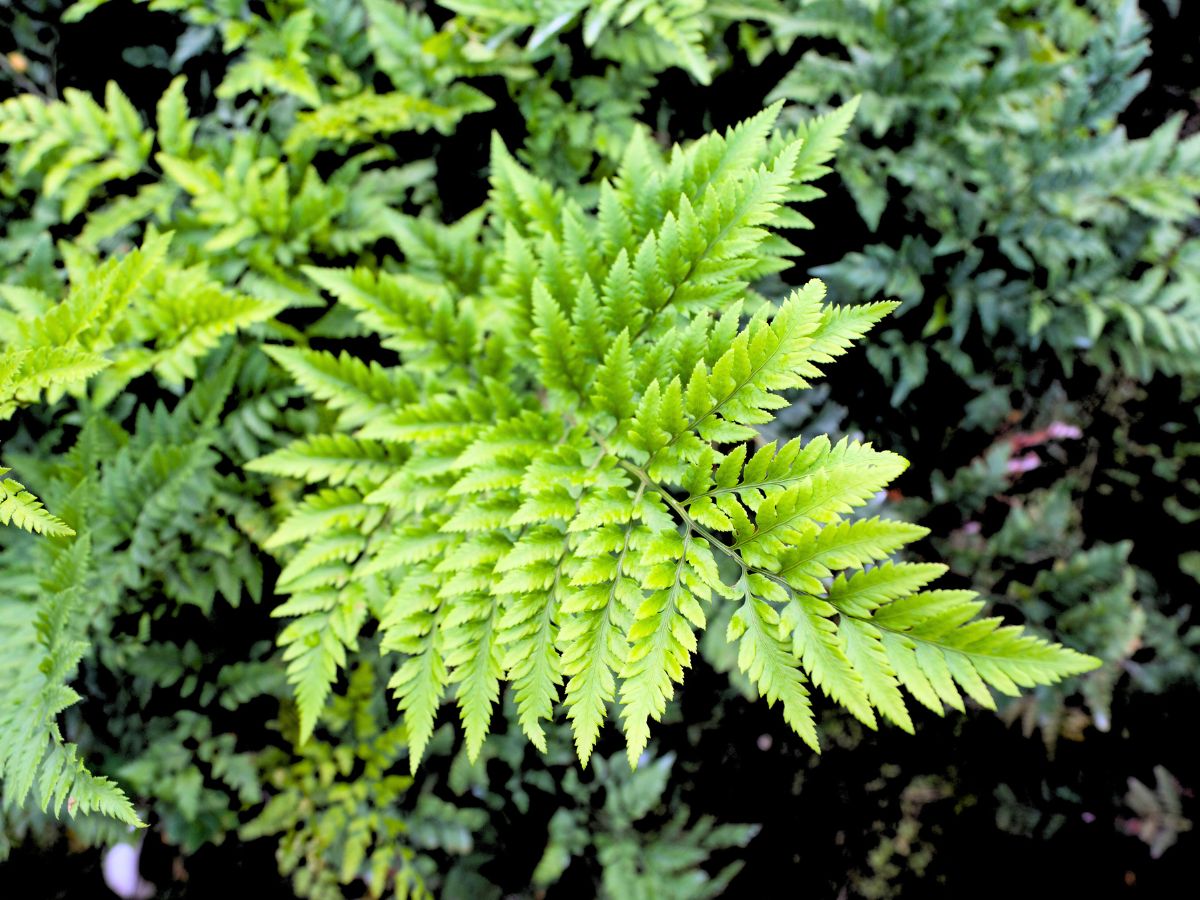
Q: How have cultivation techniques and harvesting methods changed over the years to improve quality?
Manuel shared:
"In the 80s and '90s, a single bunch was sold to the market, and it was made up of between 18 and 22 palms made up of mixed sizes, where the selection and packaging was done in the field, in small sheds. This changed at the beginning of the 2000's, and TAK being the only one, began to make the packing rooms, where the work was specialized in classifying, bagging, and packing in the final boxes.
This brought to the industry an improvement in the presentation of the rolls and the classification became three: small, medium, and large. Regarding agricultural management, certifications have made us creative in looking for more environmentally friendly products and improving agricultural practices in occupational safety, where our management is focused on protecting our people and the environment. The challenges continue to be very great due to climate change."
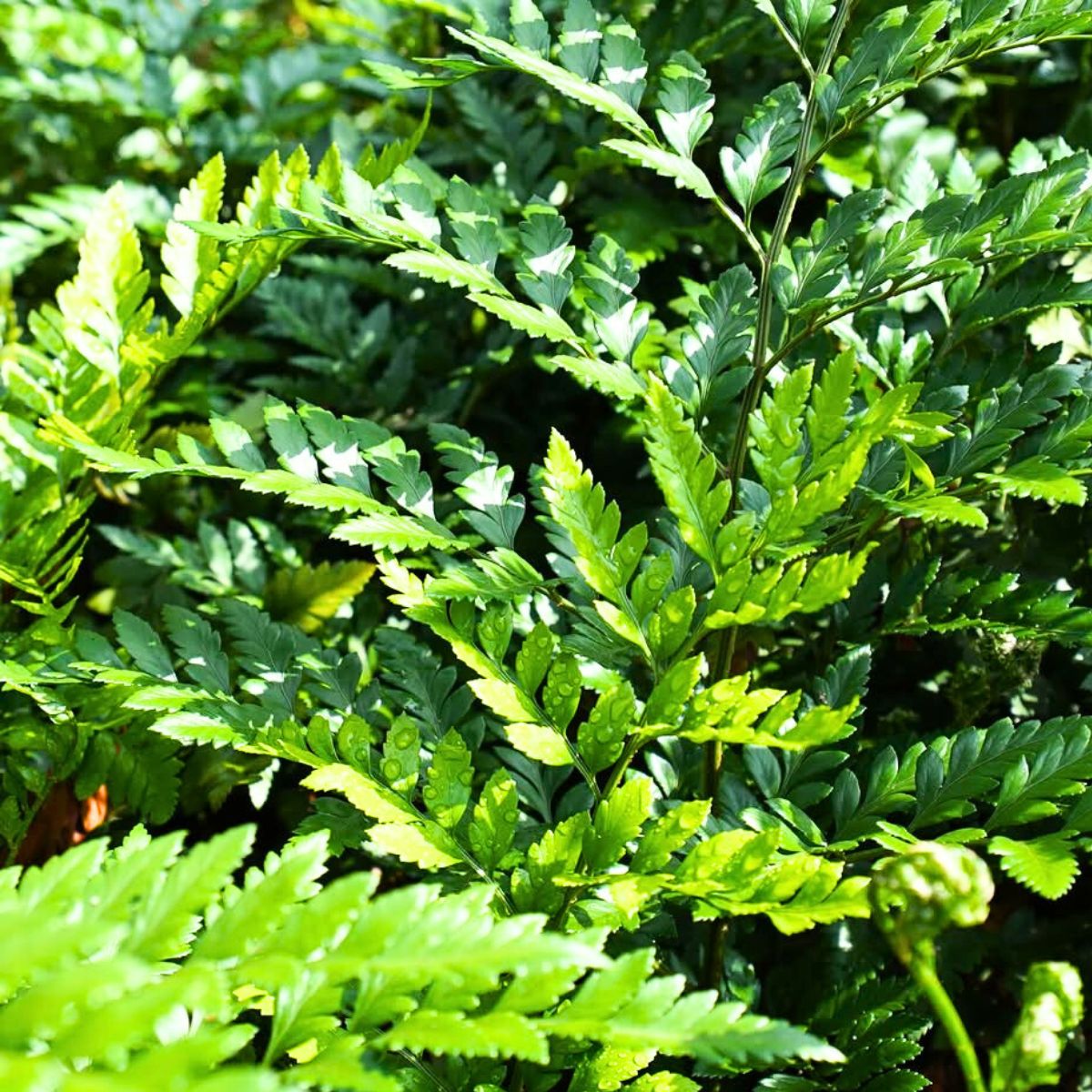
The Prehistoric Plant With a Modern Demand
As global trends shift and market demands evolve, TAK has strategically positioned Leatherleaf—fondly referred to as the 'king of greens'—to maintain its premium status in the floral industry. Manuel discusses how the company adapts to changing cycles without compromising quality. He also reveals some surprising facts about this prehistoric plant, from its ancient origins to its remarkable efficiency in global exports. We asked him if he had ever noticed any changes in the demand for leather ferns in recent years and how they adapt to market trends.
He said:
"The world, like everything else, changes in trends, but market cycles also end and then reappear. This has happened with what we call the 'King of Greens'. Leatherleaf is one of the most cosmopolitan greens and is most present worldwide in flower markets due to its adaptability to different latitudes.
Its elegance, delicacy, and unique pinnate shape give movement and texture to arrangements, making it always highly sought after by florists who set high-value guidelines and trends in the industry. We have not increased our supply of this leaf to the world market for eight years. This has helped us to always meet the promised quality and not have an oversupply of a product that may have substitutes."
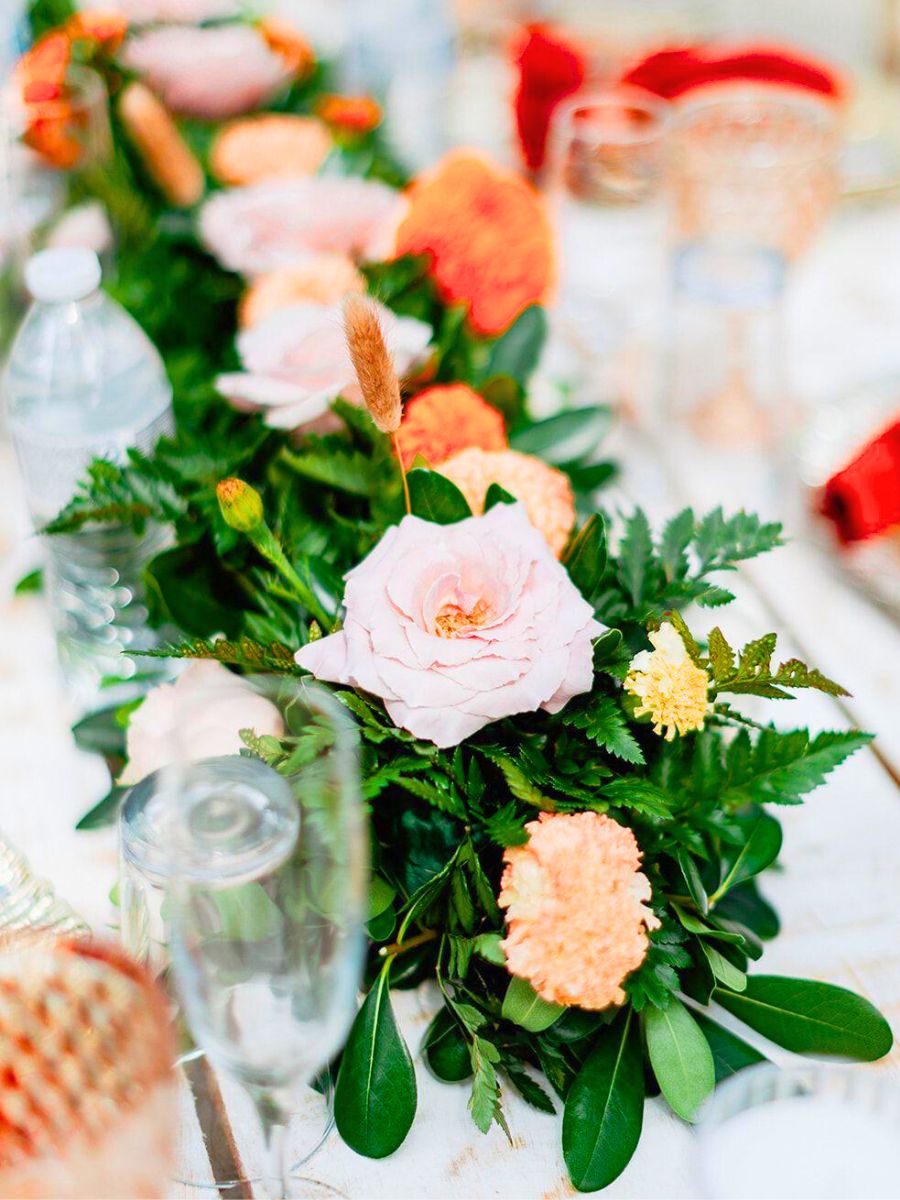
To finish up the interview we asked him:
Q: What is something surprising or little known about the process of growing and exporting the leather fern?
Manuel:
"The surprising thing is that the Leather Fern is a prehistoric plant, not very evolved (almost a fungus) which for millions of years has been there, giving us joy with its beautiful color and shape. It has been a living witness to our evolution and is also the most efficient green to export. Did you know a 40-foot container (about 13 meters) can carry from 400 thousand to 500 thousand stems? No other green is not close to that number! Finally, it is a super delicate green in the post-harvest and is very sensitive to the breaking of the cold chain, which makes it very challenging for us to take care of it, but for that, we are TAK are experts."
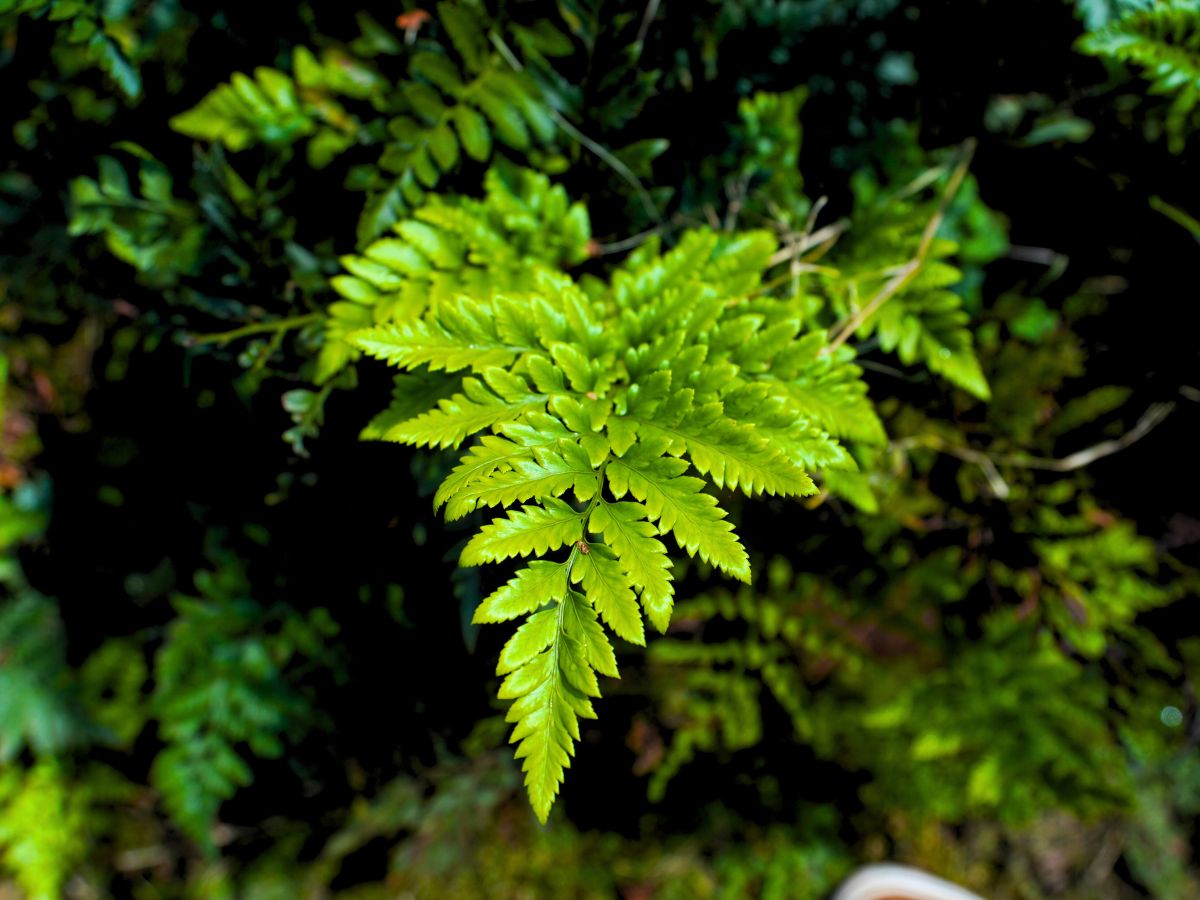
Photos courtesy of TAK Global.

